
Writers and animators at the Music- toons studio go over
story boards for the next ten films. these sessions would
last well into the night. Some of the most brilliant minds
of the industry were at not at these meetings.
A Revised History on Music-toons Productions.
There were only a handful of animation studios in the late 1920’s, such as the great animation studios like Max Fleisher and Walt Disney, making animated cartoons which were shown as a novelty before main feature movies in theaters all over the country. The country went wild for their cartoons. Although these cartoons were hits with audiences, they became very expensive for the theater owners. So there were a smaller group of animation studios that created less expensive cartoons as an option to those more thrifty theater owners. The most prolific of this small group was Music-toons Productions, whose production during a five year run in 1929 almost topped Disney in bookings, only to see everything go up in smoke in 1933.
It all began when two brothers from New York, Guido and Salvador Campilli, came west to Hollywood looking for the golden goose in the glamorous world of movies, although for a while they did not know this. The brothers,who were identical twins and of Italian descent, came out first to Los Angeles to learn the contracting business from a family uncle. The family of the brothers that sending the two boys to California would be a good thing and Guido and Salvador could yet again get a fresh start. All this changed when Guido and Salvador attended a Hollywood party and met a few Hollywood starlets. The brothers knew right then that they wanted to be in the movies so they told the family that they wanted to run a movie studio. The family could not refuse them. Because of the family’s standing back home in the olive oil business, Salvador and Guido were not given a big movie studio like they wanted, they hand to settle for a small animation studio that was given to the family as payment for a favor from a former business associate. In a few weeks the doors of Music-toons production was opened for business. This took place in the fall of 1925.
Because of their reasonable cost and the sure-fire methods of the sales force, which never lost a booking, it wasn’t long before Music-toons cartoons were being shown in most of the movie houses in New York. The cartoons were becoming popular. Media critics were generous and one named Music-toons, “The little studio that could”. The cartoons were not only cheap but they were good. Some of this success would be due to the fact that the studio had under contract an artist who was a top notch storyboard artist, animator, background artist, cel painter and a budding director. This jack of all trades name was Lester Cloud. Cloud was a talented young naive visionary of animation direction and his unique character development was way ahead of its time. Cloud quickly established for the studio a line of of characters that to this day critics say transcended the cartoon medium.
Soon Music-toons were being featured in theaters across over the United States. It seemed like every movie theatre had to show them. Inspired by all the success, Cloud worked furiously, making sure that there were many future cartoons up on the storyboards waiting to be made.
Music-toon cartoons were making a lot of money for the Campelli brothers and that was making the family back home very happy. Then something happened and a change came over the brothers. More money started being transferred from the general funds into the brothers personal expense accounts and payroll ballooned with the addition of 10 new secretaries, five for each brother. The family back home took notice the profits of the studio were dipping. This information got back to the brothers and they thought it best to fix things before the family had time to think it over. So they now wanted the studio to step up efforts an make the cartoons half the time. They sent out the sales force to increase bookings. The overworked and underpaid writers were told only give the most skeleton of storyboards to the animators and the animators were recycling cels just to get the cartoon done on time. They worked on a non existent budget. It was never spoken out loud but it was widely known that Salvador and Guido were also spending suitcases full of money, betting on the ponies and nights out with female company. The brothers also were prone to have terrible arguments and money was spent to pay for damage from their public fights. The family of Guido and Salvador was very distressed when they finally found out why their monthly profits were dwindling. A short time later, on a moon less night, the family came to visit. The brothers were convinced to move back home and the family took over the operations. Within a week, a fire broke out in every single building on the lot at the same time. Almost everything was destroyed. The Los Angeles police department reported that they found the fire was caused by a natural disaster.
Music-toons Photo Archive

Guido Campilli in front of the gate to Music-toons studios.
His brother Salvador took the photo, just before the two
brothers got into a fist fight.

The busy animation studio. These men worked 13 hour days
in order to get eight minutes of film per week. Cartoons
needed to be new and fresh for the movie going audience.

Luca Brasi, animator, worked for Music-toons for
two years. Although his drawing skills lack finese
and a total lack of talent, Luca was never criticized
for his work. Oddly, Luca was awarded many three
day vactions during his tenure.

Two of Music-toons top salesmen, Tony Degracy and Enzo
Dalton. Their unorthdox sales techniques yield dividends in
theater bookings for the entire time Music-toons was in business.



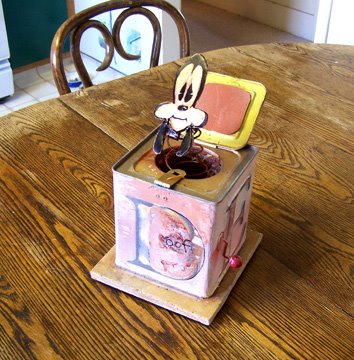




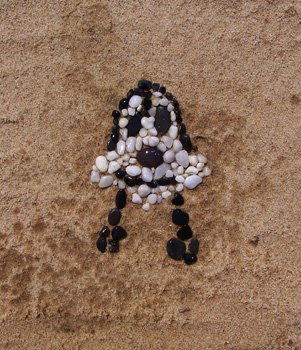

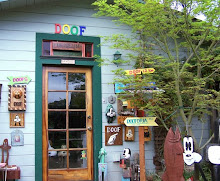








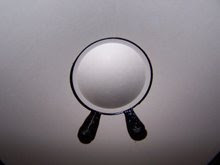
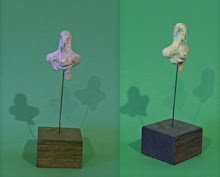
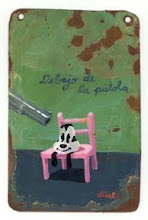
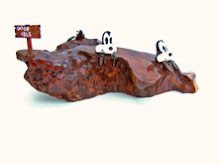
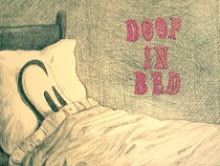



No comments:
Post a Comment